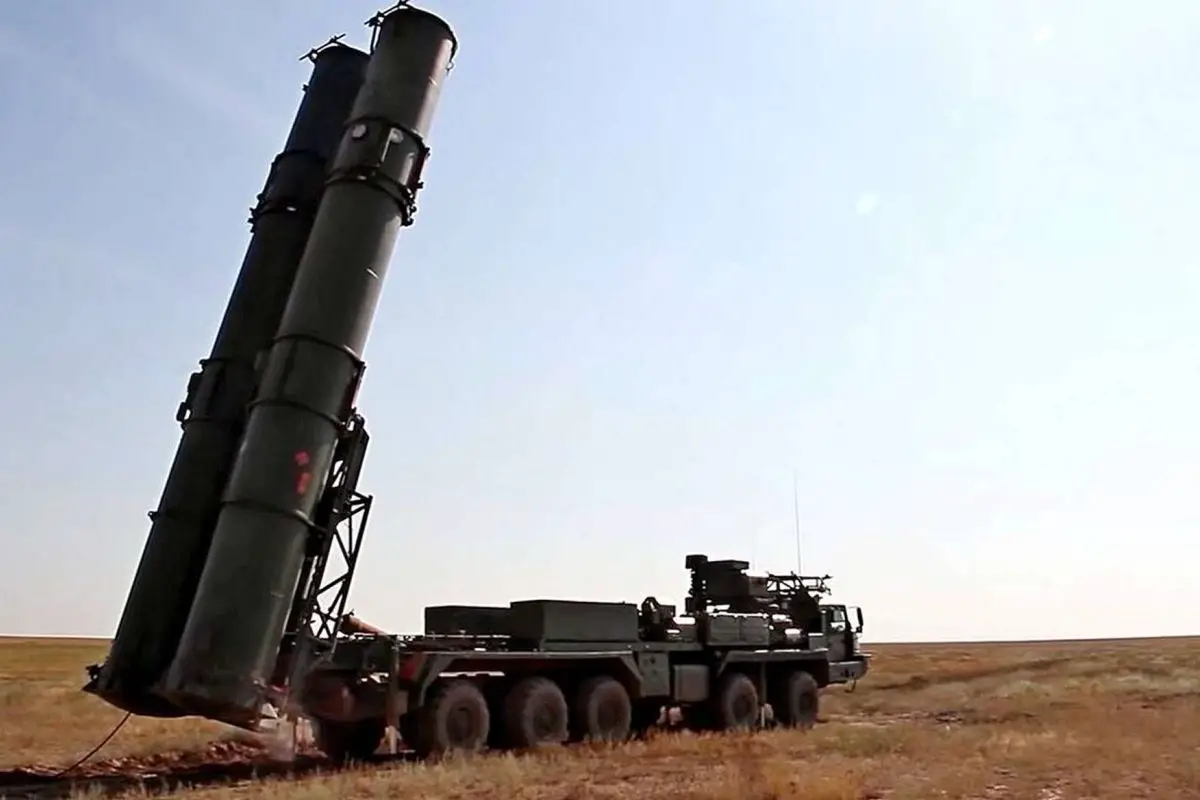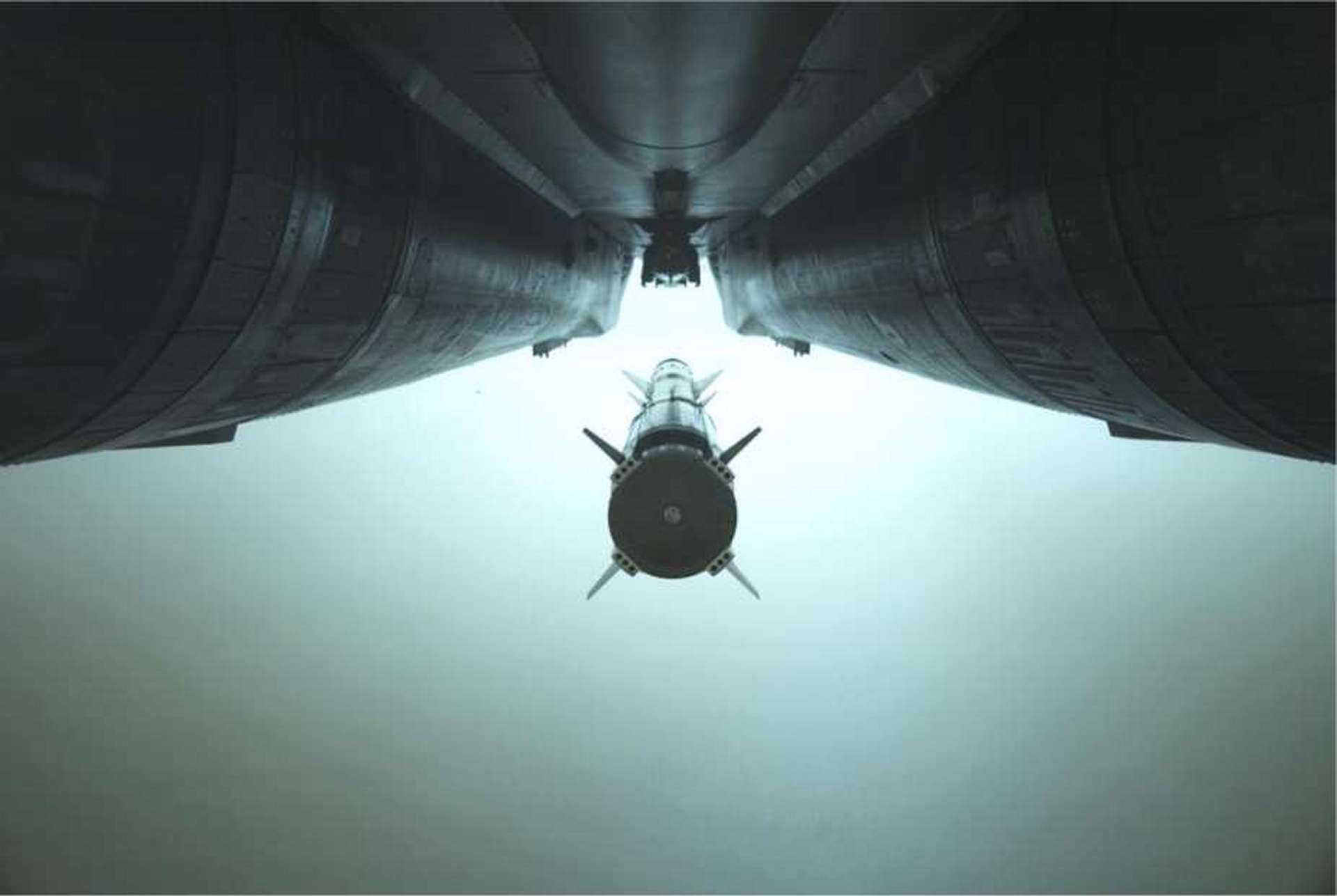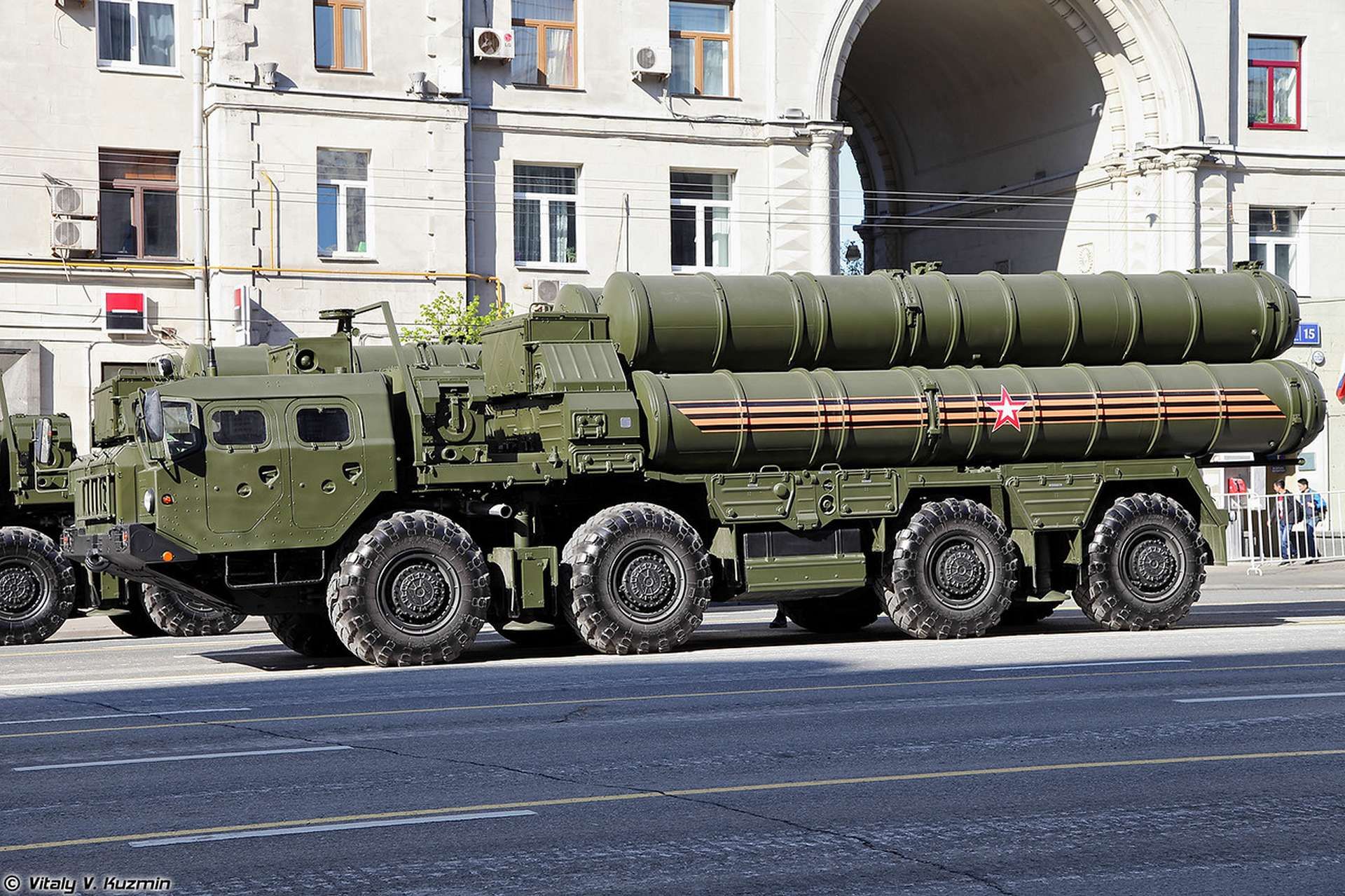Breaking News
Russia proposes joint production of S-500 air defense system to India again.
According to IDRW on July 19, 2024, during Prime Minister Narendra Modi's first bilateral visit to Russia since securing his third term, Russia renewed its proposal for joint production of its latest S-500 air defense system. This proposal came amidst India's ongoing efforts to enhance its defense capabilities, having already procured the Russian S-400 air defense system for border security.
Follow Army Recognition on Google News at this link

The S-500 air defense system's response time of three to four seconds marks a substantial improvement over its predecessor, the S-400, which has a response time of nine to ten seconds. (Picture source: Russian media)
The S-500 air defense system, developed as a successor to the S-400, represents a significant advancement in aerial defense technology. It is designed to intercept a wide array of aerial threats, including unmanned aerial vehicles (UAVs), hypersonic missiles, and ballistic missiles, at ranges extending up to 600 kilometers. The system can track up to 10 hypersonic targets simultaneously and detect hostile objects in the lower layers of space at altitudes reaching 2,000 kilometers. Despite its versatile capabilities, the primary focus of the S-500 is countering intermediate-range ballistic missiles. In May 2018, Russia conducted the longest-range surface-to-air missile test with the S-500, reportedly hitting its targets successfully, according to sources familiar with U.S. intelligence on the program.
India's decision on whether to accept Russia's offer remains uncertain. The deal could face scrutiny due to potential sanctions and geopolitical considerations. However, this renewed push signifies the S-500's importance in the global arms race, particularly in hypersonic missile defense.
The proposed joint production of the S-500 recalls the BrahMos missile project, another India-Russia defense collaboration. The BrahMos is a medium-range ramjet supersonic cruise missile that can be launched from submarines, ships, fighter aircraft, or land-based platforms. It is a joint venture between India's Defence Research and Development Organisation (DRDO) and Russia's NPO Mashinostroyeniya. In service since 2005, the BrahMos missile is known for its versatility, speed, and precision, with variants capable of targeting land and sea threats at extended ranges. This partnership underscores the potential benefits of further collaboration on advanced defense technologies.

On May 22, 2019, the Indian Air Force conducted a flight test of the supersonic BrahMos Air Launched Cruise Missile from a Su-30MKI, which covered over 1,500 km to strike a land target. (Picture source: BrahMos)
In related developments, India's Armoured Vehicle Nigam Limited (AVNL) is set to license-produce the Russian K-53949 Typhoon-K, a 4x4 Mine-Resistant Ambush Protected (MRAP) vehicle. This follows the completion of trials, and the project is now awaiting official orders. The Typhoon-K MRAP is designed for the safe transportation of troops and military cargo in areas with a high risk of mines. It could fulfill the Indian military's armored vehicle requirements, competing with domestic and international offerings. Recently, a contract worth Rs 1,056 crore ($126.5 million) was signed with Mahindra Defence Systems for 1,300 Armoured Light Specialist Vehicles (ALSVs), which will be delivered over four years. The ALSVs will carry medium machine guns, automatic grenade launchers, and anti-tank guided missiles, offering protection against small arms fire and IEDs. Additionally, the Indian Army has ordered Kalyani M4 4x4 armored vehicles for emergency procurement, designed for high-altitude and harsh terrain operations.
AVNL, a state-owned defense public sector undertaking in India established in 2021, is expected to roll out its Futuristic Infantry Combat Vehicle (FICV) prototype in 2024. This vehicle, designed to accommodate 11 fully armed troops, is equipped with advanced weaponry including a 30 mm automated grenade launcher, remote-controlled weapon station, and fifth-generation anti-tank guided missiles. Furthermore, AVNL is diversifying its portfolio by developing 4×4 protective mobility vehicles, focusing on eco-friendly power sources such as electric and hydrogen-powered powerpacks, aligning with the Indian Army's modernization efforts. AVNL's experience with Russian-origin military vehicles, including the T-90 Bhishma Main Battle Tank, positions it as a capable producer of Russian-origin armored vehicles for the Indian Army.

Official pictures show the Typhoon-K MRAP in India within a convoy, alongside other ANVL Mines Protected Vehicles (MPVs) in both 4x4 and 6x6 variants. (Picture source: Twitter/Rishav Gupta)
Russian Defense Minister Sergei Shoigu announced plans to deploy the S-500 Prometheus anti-aircraft missile system in Ukraine. This system, developed by Almaz-Antey, is designed to engage a wide range of aerial threats, including intercontinental ballistic missiles (ICBMs), hypersonic cruise missiles, and low-orbit satellites, at altitudes up to 200 kilometers. The S-500 employs the 77N6-N and 77N6-N1 missiles, capable of reaching hypersonic speeds, and features a response time of three to four seconds, an improvement over its predecessor, the S-400. Mounted on the BAZ-6909 family of vehicles, the S-500 system supports rapid deployment capabilities essential for maintaining responsiveness in dynamic combat scenarios.
Russian air defense in Crimea has faced challenges due to continuous Ukrainian missile strikes. Ukrainian forces have targeted key air defense installations and command centers, using advanced Western-supplied missiles such as the ATACMS and Storm Shadow. The recent reduction in Russian air defense capabilities in Crimea poses potential risks to the security of the Kerch Bridge, a logistical link between Russia and Crimea. In response, Russian forces have sought to enhance their air defense capabilities by deploying advanced systems, including the S-500 Prometheus. This system aims to counter threats such as Neptune, ATACMS, and Storm Shadow missiles, protecting military infrastructure amid persistent Ukrainian attacks.
To potentially destroy the S-500 air defense systems in Crimea, Ukrainian forces could use a combination of advanced Western-supplied missiles, electronic warfare, and drones. The Trembita cruise missile, developed by Ukrainian engineers, could also be utilized, leveraging its characteristics and deployment strategy to overwhelm the S-500's interceptors. Integrating electronic warfare tactics can create confusion and delays in the S-500’s response, enhancing the chances of successful attacks. Combining the Trembita with coordinated attacks from other missile systems and drones can maximize the chances of disabling the S-500 installations in Crimea.

Russia has communicated to India its commitment to delivering the final two squadrons of the S-400 long-range air defense missile system by August 2026. (Picture source: Vitaly Kuzmin)


























